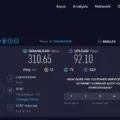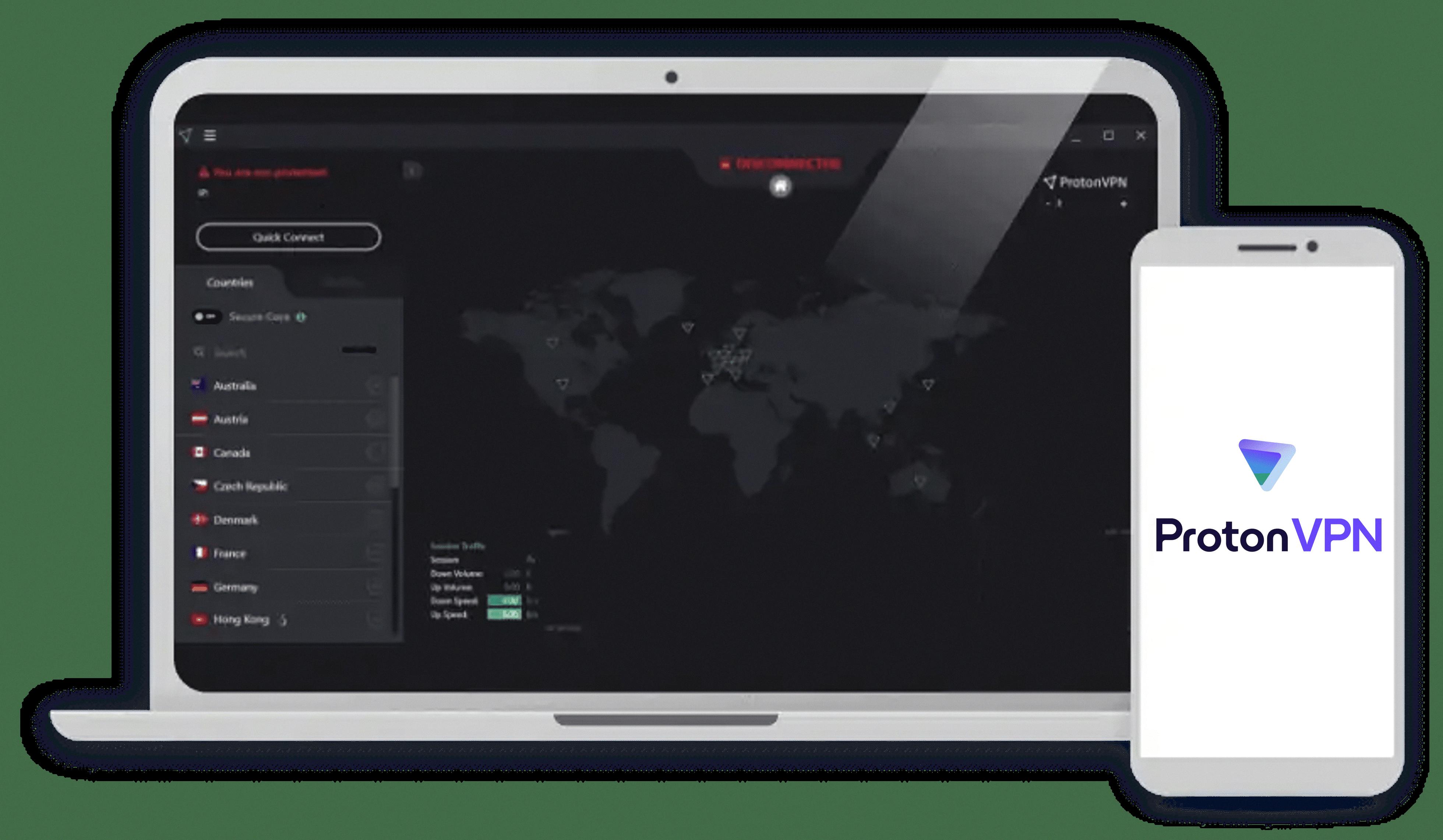DDNS (Dynamic Domain Name System) is a service that makes it possible for you to connect to your wireless router even with a dynamic public IP address. It’s like having a static IP address, but without having to pay extra for it. With DDNS, your router will update its DNS record automatically whenever your IP address changes, allowing devices on your network to access the internet through the same domain name.
For those who want to take advantage of DDNS services, there are several options available. Many routers come with built-in DDNS updating functions, and many NAS servers have the same feature as well. Alternatively, you can download a free DDNS client program that will run in the background and update the DNS record whenever your IP address changes.
The free version of this service typically provides access to all services for just one subdomain. These services include email service, domain registration, and SSL certificates. If you need more than one subdomain or want additional features such as advanced monitoring and reporting capabilities, you may need to upgrade to a paid plan. Prices vary depending on the number of domains and features required but generally range from $29.95 per year up to $119.95 per year for up to 10 domains.
Using a DDNS service is an easy way to ensure that devices on your network can access the internet even when your IP address changes frequently. It’s also a cost-effective solution for those who don’t want to pay extra for a static IP address but need reliable access to their devices at all times.

The Benefits of Enabling DDNS Service
Yes, you should enable DDNS service if you want to access your network remotely. By enabling the DDNS service, you can set up a domain name that points to your dynamic IP address and allows you to access your network remotely. This is very useful for services such as remote file backup, VPN connections, or remote desktop access. Without DDNS enabled, it would be much more difficult and time-consuming to keep track of your home IP address in order to access the network from a mobile device or another location outside of your home.
The Benefits of Using a DDNS Service on a Router
DDNS (Dynamic Domain Name System) is a service that allows network clients to access the router, even when the router has a dynamic public IP address. This is achieved by registering a domain name with a DDNS service provider. The ASUS Router is embedded with the ASUS DDNS service and other DDNS services such as No-IP, Dyndns, and 3322.
Once the domain name is registered and set up in the router, users can access their router remotely without having to worry about not being able to connect due to changes in public IP addresses. This means that users can access their home network or other resources connected to the router from anywhere in the world using this domain name instead of having to remember an IP address or manually update an IP address.
Cost of a DDNS
A Dynamic Domain Name System (DDNS) is an online service that allows you to keep your domain name connected to a specific IP address, even if the IP address changes. DDNS services typically charge a subscription fee that can vary depending on the provider. Generally, pricing plans are based on the number of domains and/or subdomains you want to register or manage.
For example, a popular DDNS provider may offer subscription plans ranging from $29.95 per year for one domain up to $119.95 per year for up to 10 domains. The cost may also increase if you need additional features such as custom DNS records, advanced security options, and added support. Ultimately, it’s best to shop around and compare plans from different providers in order to find the best value for your needs.
The Benefits of Enabling DDNS
Enabling DDNS on your router will give you the ability to access it over the internet, even if its IP address changes. This is because the router will link a fixed domain name to its dynamic WAN IP address. With DDNS enabled, you can use this fixed domain name to access the router’s services instead of having to manually keep track of its changing IP address each time.
Is DDNS a Security Risk?
Yes, DDNS can be a security risk. When attackers leverage DDNS services, they can use them to change the IP addresses that host command-and-control servers which are used to manage malware campaigns and exploit kits. This means that malicious actors can change IP addresses without alerting network administrators, making it harder for them to detect and stop malicious activity. Additionally, DDNS services make it easier for hackers to hide their tracks by allowing them to quickly switch between different IPs in order to avoid detection. As such, it is important for organizations to use other security measures in addition to DDNS in order to protect their networks from malicious actors.
Should I Disable DDNS?
It depends on your particular setup. If you are using a DSL or Cable router to provide DHCP/NAT service for multiple devices on your home network, then it is generally recommended that you turn off Dynamic DNS (DDNS) updates. This is because DDNS updates are meant for sending information about changes in IP addresses to a DNS server, and most home networks do not have their own local DNS servers.
However, if you know with certainty that the DDNS updates will be sent only to a local DNS server, then it may be beneficial to turn on the DDNS Updates service. This could allow you to access your home network from outside of your local network with the same domain name even if the IP address of your home network changes due to DHCP renewals.
Do I Need Dynamic Domain Name System (DDNS) at Home?
Whether or not you need DDNS at home depends on your specific needs. Generally speaking, if you want to access internal network services such as a remote desktop, file sharing, or game servers from outside your home network, then you will need a DDNS service. This is because your home network’s IP address may change periodically, and the DDNS service will allow clients to look up the correct IP address even if it has changed since they last connected.
In addition to being able to access internal network services from outside your home network, a DDNS service can also be useful for providing an easy-to-remember hostname for other people to use when connecting to those services. For example, instead of having to remember a long string of numbers for your IP address, you can give them the hostname that has been associated with it in the DDNS service.
If you don’t plan on needing access to any internal network services from outside of your home network then a DDNS service is not necessary.
Does Dynamic Domain Name System (DDNS) Alter IP Addresses?
Yes, DDNS does change your IP address. When you set up a DDNS service, it monitors your public IP address and updates the domain name record in the DNS with the latest IP address whenever it changes. This ensures that when someone visits your domain name, they are directed to the correct IP address. In this way, even if your public IP address is changed by your ISP, visitors to your website will still be able to reach you.
Using DDNS on a Router
Using DDNS (Dynamic Domain Name System) on your router is an easy way to make sure you can always access your home network, even if your IP address changes. Here’s how to do it:
1. First, log into your router using the default gateway address in your browser. You’ll need your router’s username and password to gain access.
2. Once you’re logged in, locate the Dynamic DNS (DDNS) settings page.
3. On the DDNS page, select a service provider such as No-IP or DynDNS. Each of these services will provide you with a unique hostname that you can use to access your home network from anywhere in the world.
4. Enter the hostname and any other information required by the service provider in order to activate DDNS on your router (you may be asked for a domain name or other details).
5. Once complete, save your settings and restart your router for them to take effect. You should now be able to access your home network via the unique hostname provided by the service provider at any time!
Which DDNS Provider is Best for Me?
When selecting a Dynamic Domain Name System (DDNS) provider, it’s important to consider your specific needs and budget. Depending on how many domain names you need to manage, the amount of traffic your sites receive, and other factors, there are several DDNS providers that may be appropriate for you.
One of the most popular free DDNS providers is Dynu. Dynu has a control panel with third-level domain name support and top-level domain name support. It also has global servers so you can use it no matter where you are located. Additionally, Dynu offers URL cloaking, web forwarding, and other features.
Another great free DDNS provider is FreeDNS. This tool is designed specifically for domain and subdomain hosting with web forwarding and URL cloaking included. FreeDNS also makes it easy to manage multiple domains with its intuitive control panel.
Finally, if cost is an issue or if you need additional features such as secure DNS services or custom DNS records, then you may want to consider commercial DDNS providers such as CloudFlare or DNS Made Easy. Both of these offer premium features at affordable prices that can help keep your sites running smoothly and securely at all times.
Ultimately, the best DDNS provider for you will depend on your specific needs and budget. Be sure to do your research before selecting a provider so that you choose one that meets all of your requirements in terms of features, reliability, cost-effectiveness, and more.
Does GoDaddy Offer Dynamic DNS?
Yes, GoDaddy offers dynamic DNS services. Dynamic DNS allows you to keep your domain name connected to the same IP address, even if the IP address changes. This is useful for people who have a dynamic IP address that changes frequently (such as those with a cable modem) and needs to access their website or other services remotely. With GoDaddy’s dynamic DNS service, you can ensure that your domain name remains connected to the same IP address at all times, even if your ISP periodically changes it. It’s an easy way to make sure your site is always accessible from the same domain name.
Conclusion
In conclusion, DDNS (Dynamic Domain Name System) is a great service for those who need to connect to the internet with a dynamic public IP address. It’s free to download the DDNS client and use, which runs in the background and automatically updates the DNS record when your IP address changes. The services offered by DDNS include email, domain registration, and SSL certificates, all at varying price points depending on how many domains you need. Overall, DDNS is an efficient and cost-effective way to stay connected online without having to worry about changing IP addresses.








